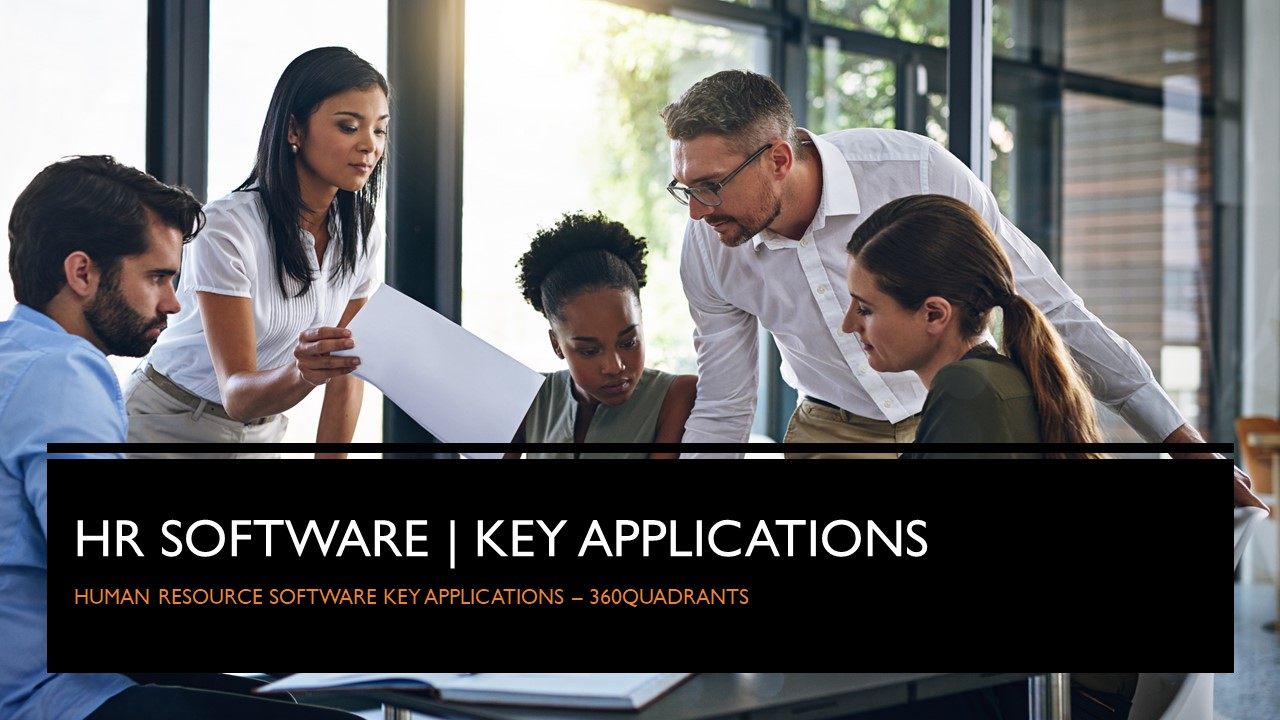HR software enables organizations to streamline and simplify procedures in human resource operations by performing tasks like employee management, training and e-learning, and other critical aspects related to human resource management.
Key Applications of HR Software:
Talent Attraction:
Attracting a prospective hire is the major need in the recruitment process. Attracting the candidate and directing the traffic towards a company’s hiring page is one place where the major purpose of the HR software. Many professional and job-searching sites such as LinkedIn, Glassdoor, and Indeed also engage machine learning techniques to offers relevant job suggestions to their users. Using the data gathered from a candidate’s activity such as posts, search data, clicks, list of networks, and other such standards, the software helps recruiters by allowing attraction and diversion of talent to companies.
Screening Numerous Resumes:
The recruitment division of any HR business unit is loaded with the task of skimming, screening, and sorting numerous resumes collected from applicants. The current Applicant tracking systems (ATS) has already played a huge role in minimizing the load by allowing electronic engagement in the process. The easy transfer of data from one platform to the other, and collaboration amongst many companies and job boards with this software have taken everybody light years forward in the journey.
However, being criteria-based, these systems are restricted by their absence of impulsive elasticity that the addition of HR software loaded with AI can do away with. With the capability to learn, every appointment cycle helps the system build a better resume-matching capacity.
Calendar Management:
Scanning through calendars and organizers to fix an ideal slot for a meeting is both a tiresome and time-consuming process even for a personal assistant (PA) who is appointed precisely for the job. Scheduling meetings with applicants, training sessions, and other HR events is another area where the best HR software can help in improving efficiency. By stepping into the role of an advisor, AI-driven HR software can help in organizing the whole process of scheduling on an organizational level.
Employee Onboarding:
HR software offers self-service forms that allow management or HR professionals to submit onboarding requests. The spontaneous form design and workflow design interfaces allow the personalization of papers and processes to the business need. All the workflows can be customized to the type of job and can specify important owners at each stage of the onboarding process. The software automatically directs onboarding requests for appropriate evaluation and approval.
Performance Evaluations:
HR software provides self-serve online forms that are pre-built and contain embedded business logic. Employees can use these forms to submit for performance measurement and the completed forms are automatically directed to relevant stakeholders for further assessment and approval. Also, workflows can be combined with older databases, employee performance dashboards, development, and mentoring workflows and other processes, as necessary.
Summary:
Constant innovation and immense competition in the technology space have resulted in HR solutions that are evolving and enabling business organizations to get closer to achieving their strategic goals. However, it is often difficult to find the best HR software for a business, and we hope that this guide helps make your selection process much more convenient and comfortable.
Suggested Read: Guide to Choose Best Human Resource Software Technology
Contact:
Mr. Agney Sugla
agney@marketsandmarkets.com
630 Dundee Road, Suite 430
Northbrook, IL 60062
USA: +1-888-600-6441



